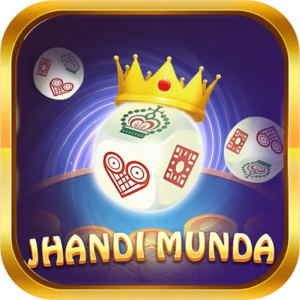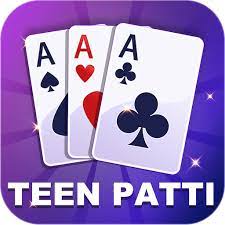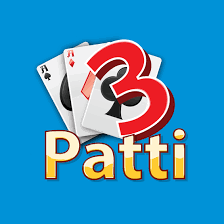Teen Patti Munda: Exploring a Cultural Twist on a Classic Card Game
In the vast landscape of card games, Teen Patti stands out as a quintessential Indian pastime, deeply ingrained in the cultural fabric of the nation. With its origins dating back centuries, Teen Patti has evolved over time, adapting to regional preferences and cultural nuances. One such variation of Teen Patti that has gained popularity, especially in the northern regions of India, is Teen Patti Munda. In this article, we’ll delve into the origins, rules, and significance of Teen Patti Munda, offering a glimpse into this fascinating cultural twist on a classic card game. Also Download Yono Rummy

Origins and Cultural Significance
Teen Patti Munda traces its roots to the rural heartlands of northern India, where it is commonly played among communities, particularly in states like Punjab, Haryana, and Uttar Pradesh. The term “Munda” refers to a specific variation of Teen Patti that incorporates unique rules and gameplay mechanics, reflecting the cultural traditions and social dynamics of the region.
Rules of Teen Patti Munda
While the core gameplay of Teen Patti Munda remains similar to traditional Teen Patti, there are several key differences that set it apart:
- Deck of Cards: Teen Patti Munda is typically played with a standard 52-card deck, excluding the jokers.
- Number of Players: The game is ideally played by 4 to 7 players, although variations exist where more players can participate.
- Hand Rankings: The hand rankings in Teen Patti Munda may vary slightly from traditional Teen Patti. While the basic hierarchy of hands remains the same (such as Trail, Pure Sequence, Sequence, etc.), certain combinations may hold different values or significance in Teen Patti Munda.
- Betting and Ante: Similar to traditional Teen Patti, Teen Patti Munda involves rounds of betting, with players required to contribute an initial ante before the cards are dealt. The betting structure and limits may vary depending on the preferences of the players.
- Cultural Influences: Teen Patti Munda often incorporates cultural elements and traditions unique to the region where it is played. This may include the use of regional language, rituals, or customs during gameplay, adding a distinctive flavor to the experience.
Significance in Social Context
Beyond its entertainment value, Teen Patti Munda holds significant social and cultural importance within communities where it is played. The game serves as a means of socializing, bonding, and strengthening interpersonal relationships. It provides a platform for storytelling, laughter, and camaraderie, fostering a sense of community and belonging among participants.
Conclusion
Teen Patti Munda represents a fascinating cultural variation of a timeless card game, offering insights into the rich tapestry of Indian traditions and customs. With its unique rules, social significance, and regional flavor, Teen Patti Munda continues to captivate players and enthusiasts across northern India, embodying the spirit of camaraderie, competition, and cultural pride. Whether played in rural villages or urban households, Teen Patti Munda serves as a testament to the enduring legacy of Teen Patti and its ability to adapt and evolve within diverse cultural contexts. Also Download Happy Teen Patti






















